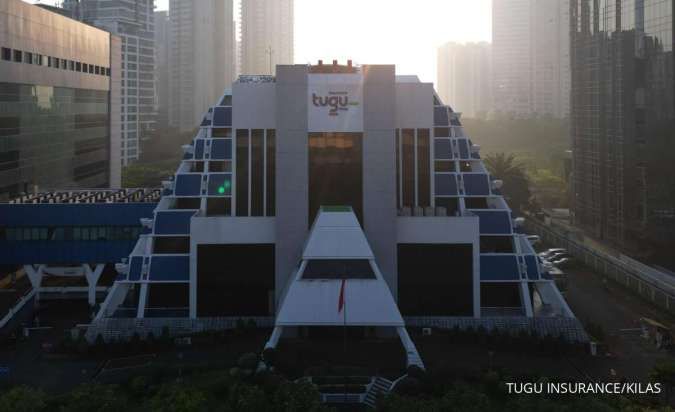JAKARTA. Cellular operator PT Telekomunikasi Selular (Telkomsel), a subsidiary of state-owned telecommunications giant PT Telekomunikasi Indonesia (Telkom), aims to grab a 50 percent share of the 4G/long-term evolution (LTE) market this year, with the company allocating Rp 12.9 trillion (US$993.3 million) for new base transceiver stations (BTS) across the country. Telkomsel’s senior vice president for LTE projects, Hendri Mulya Sjam, confirmed on Tuesday that the company aimed to grab half of the country’s LTE market this year. “If we need to estimate, 50 percent of the country’s total LTE market has to be taken [by us],” he told reporters.
Telkomsel would provide a wider 4G network and partner with handset distributors to market 4G devices across places where the company already had a 4G network, he said. Telkomsel’s 4G service is currently available in Jakarta, Bandung (West Java), Surabaya (East Java) and Medan (North Sumatra). The company’s president director Ririek Adriansyah said previously that Telkomsel would spend Rp 12.9 trillion to build 15,000 new BTS, bringing it to a total of 100,000 BTS this year. “From the total BTS, 75 percent will be to support 3G and the remaining 25 percent for both 2G and 4G networks,” he said. Telkomsel’s finance director Heri Supriadi said that the allotted funds to build new BTS this year would be around 18 to 20 percent of his company’s revenues last year, which hit Rp 66.2 trillion. The firm aimed to see its revenues grow by 7 to 8 percent to around Rp 71.5 trillion this year, he said. Last year alone, Telkomsel remained the largest revenue contributor for Telkom, which saw its revenue grow by 8.1 percent to Rp 89.7 trillion from Rp 83 trillion. Telkom plans to spend around Rp 23 trillion in capital expenditure (capex) this year. The telecommunications giant usually spends 10 percent of its annual capex on infrastructure; 20 percent on towers, information and technology (IT), media and international expansion; and the remaining 70 percent on its cellular businessoperated by Telkomsel. Hendri said that investment for the 4G network would increase in line with the increasing number of 4G subscribers and 4G handsets. He estimated that Telkom’s 2G subscribers currently hit around 80 million of its total 140 million subscribers nationwide, with 4G attracting only 250,000 subscribers. “We hope that there will be subscriber migration either from 2G to 3G or from 2G to 4G as there are already Rp 1 million 4G devices available on the market,” he said.
While an estimation of 4G subscribers is not yet available, cellular operators have aimed high to attract many subscribers. Publicly listed cellular operator PT XL Axiata (EXCL) aims to see a total of 3 million 4G subscribers this year, while cellular operator PT Indosat (ISAT) said its 4G subscribers comprised mostly corporate users. XL president director Dian Siswarini said around 70 percent of the company’s total subscribers were 2G subscribers. She said that XL’s 4G subscribers would expand once refarming of the 1,800 MHz frequency band was completed and affordable 4G devices were available on the market. (Khoirul Amin)

